James Dyson Award 2013 international shortlist announced
The James Dyson Award 2013 international shortlist has been unveiled and includes a strength-increasing bionic arm, a gum shield which can read vital signs, and a sound baffling device.
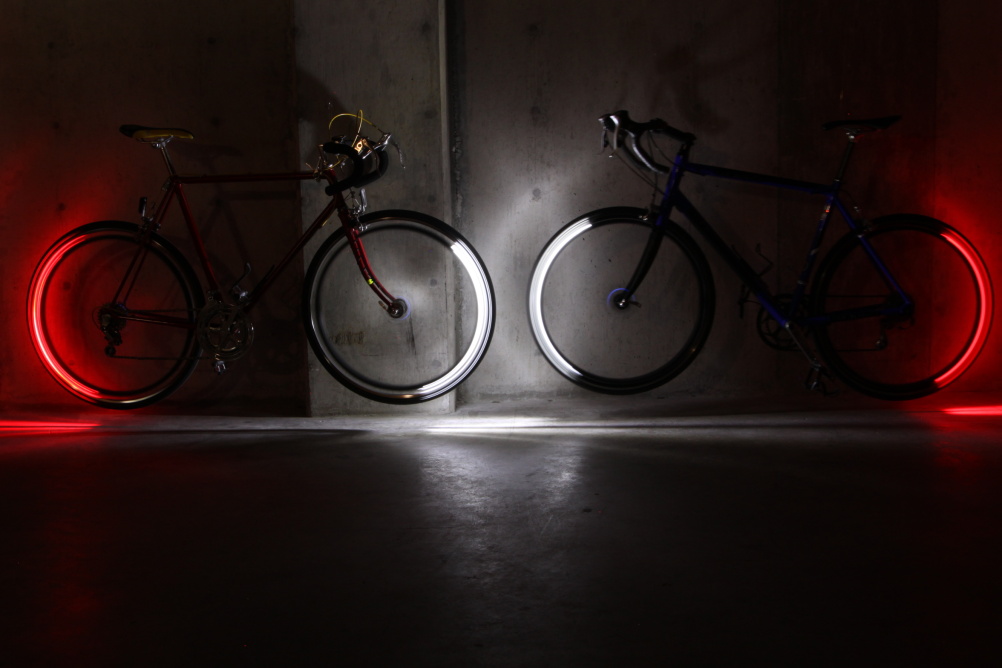
Asked simply to ‘design something that solves a problem’, design students and recent graduates are competing for a £30,000 international winners prize that will also see £10,000 go to their institution. Regional winners have already been identified.
The top 20 international designs have been selected by senior Dyson design engineers and will now be put forward to James Dyson to judge.
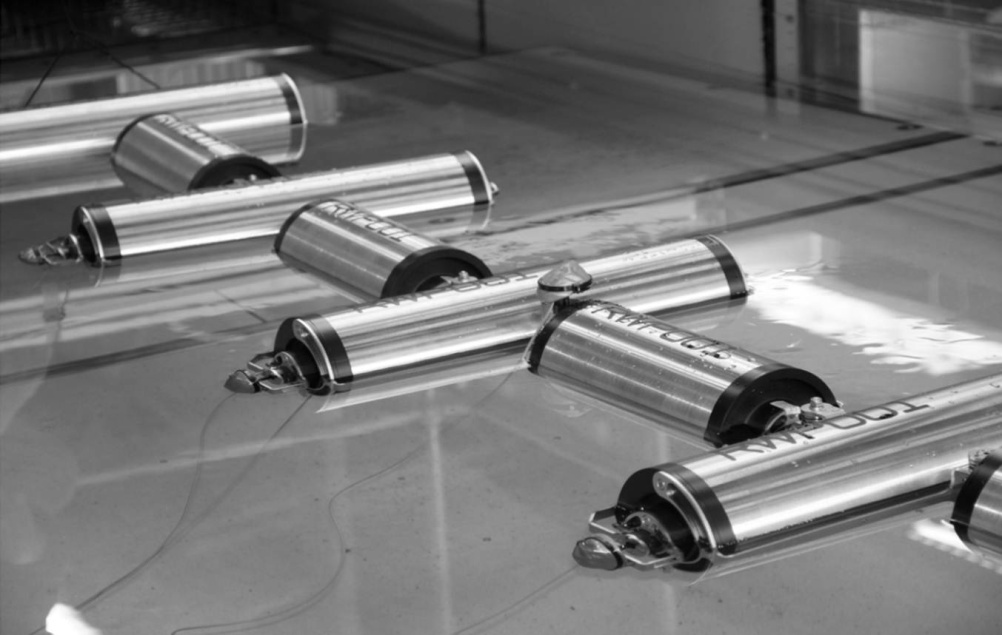
UK regional winner Sam Etherington has designed a Renewable Wave Power solution, which he says has the potential to produce 40-70KWh per metre around Britain’s 11,073km of coastline.
RWP can absorb the power of ebbing and flowing waves on any axis, an improvement on current systems which he says harness less than one per cent of wave power in the UK and only move on a linear axis.
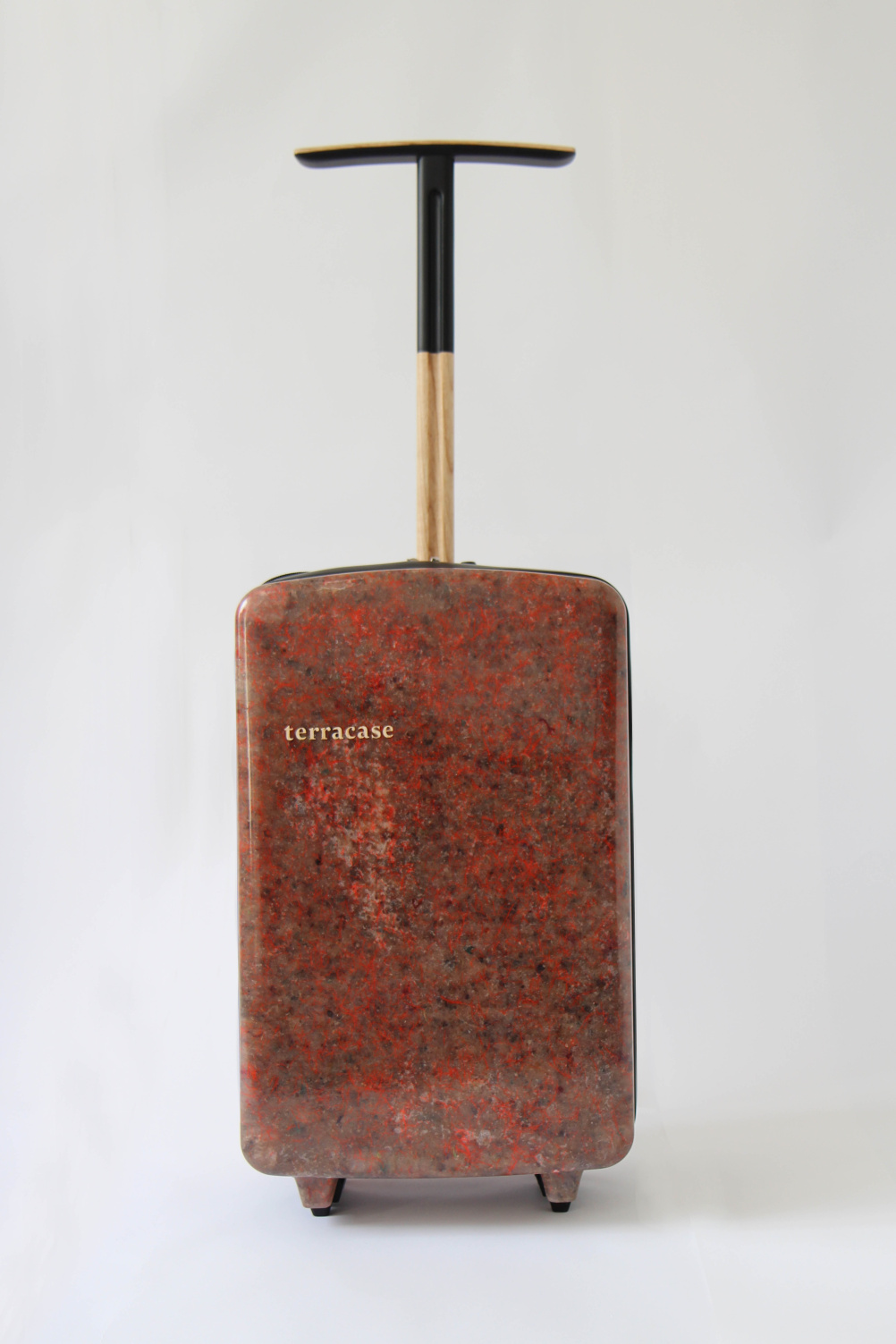
Also representing the UK is Dan McLoughlin who has been chosen for his BioWool product, which uses the coarse byproduct of wool production and turns it into a biodegradable, flame resistant biopolymer, which can be moulded into rigid shapes.
Two finishes can be created – one is similar to plastic and the other is hard on one side and soft like felt on the other.
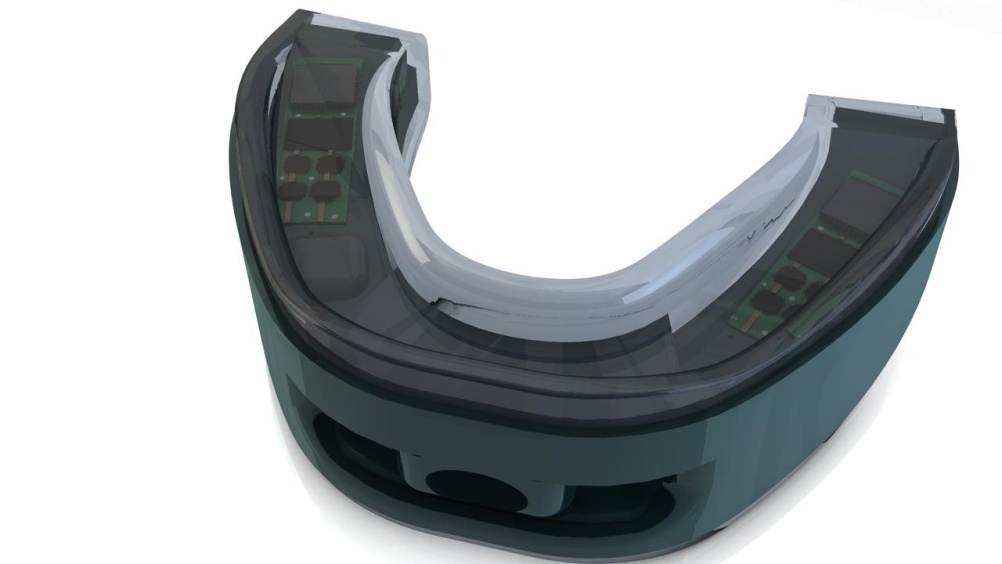
Mamori by Ireland entrant Mark Dillon is a gum shield with integrated sensors. It measures any impact on a sportsman and sends data to medical staff by the side of the pitch.
It has been designed as a safety product for contact sports where concussion is common.
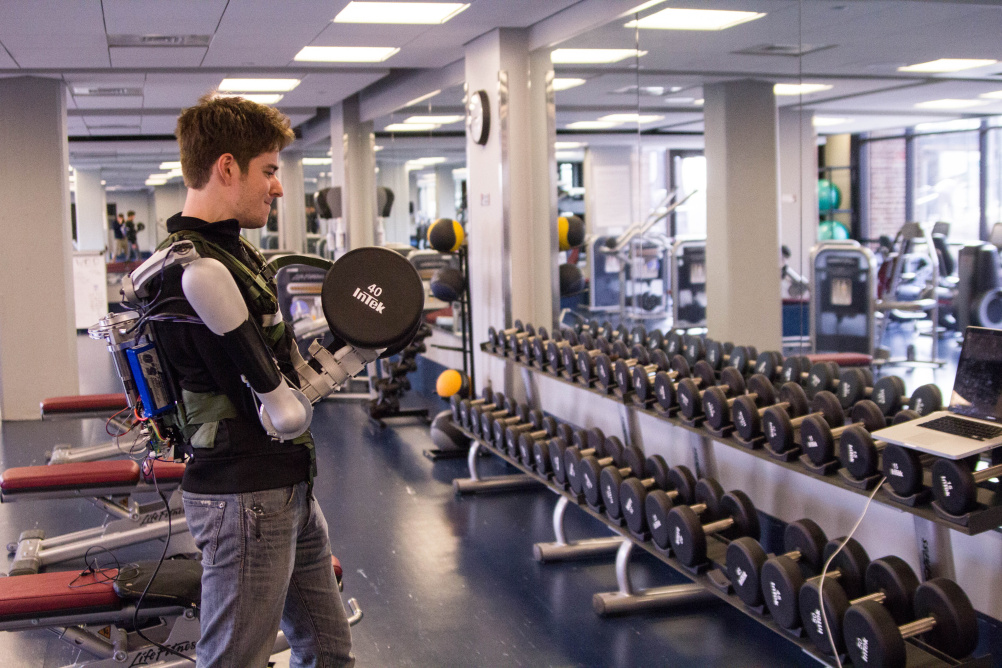
The USA entry is Titan Arm, a collaborative entry by Elizabeth Beattie, Nick McGill, Nick Parrotta, and Niko Vladimirov.
Designed for day-to-day use by warehouse workers who risk arm and back injuries from heavy lifting, the product is an upper body exoskeleton which ‘augments human arm strength’ and braces the back, preventing poor lifting posture.
Titan Arm can also be used to help rehabilitate people who have suffered a stroke by helping them rebuild muscle and re-learn fine motor control.
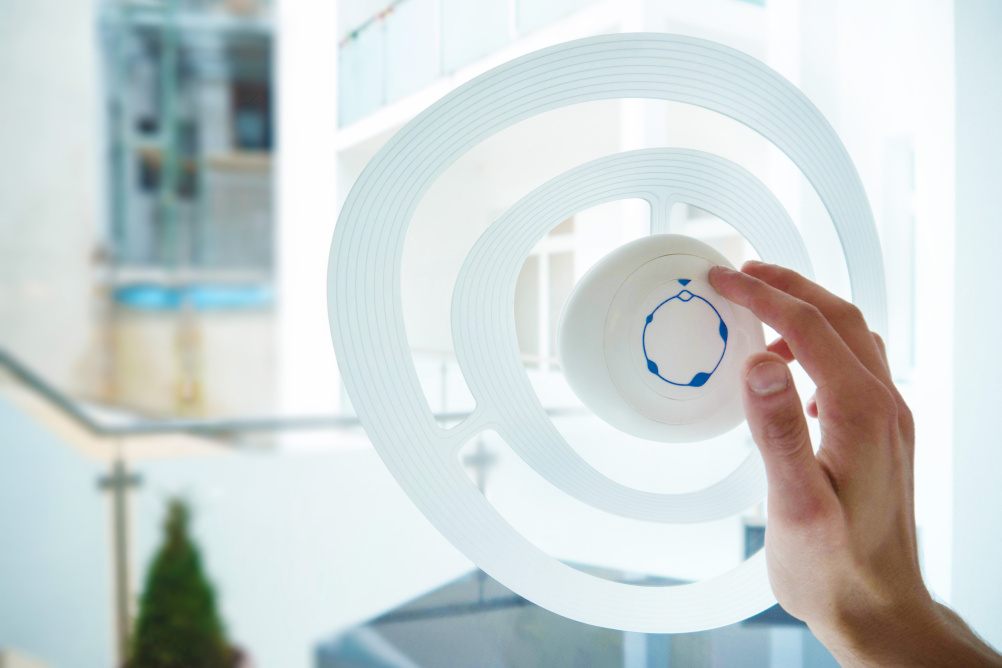
With noise pollution a continual problem for growing populations living in busier and louder environments, Rudolph Stefanich of Austria has designed Sono, a window-mounted device which can eliminate selected sounds from passing through.
The tones are identified using concentric broadband antenna rings. It harvests the energy of electromagnetic noise and similar signals from the Wi-Fi. In turn this allows the user to cancel some tones and allow other to pass through a window pane.

The finalists have been whittled down from 650 entrants and compete for a total prize fund of £96,000. To see the full shortlist head to: http://www.jamesdysonaward.org/
Last year’s international winner Dan Watson, (also the UK winner) developed SafetyNet, a sustainable fishing net which guides small fish to illuminated escape holes. With the money and support from the James Dyson Award, Watson has now finished prototyping and his device will be taken for sea trials.
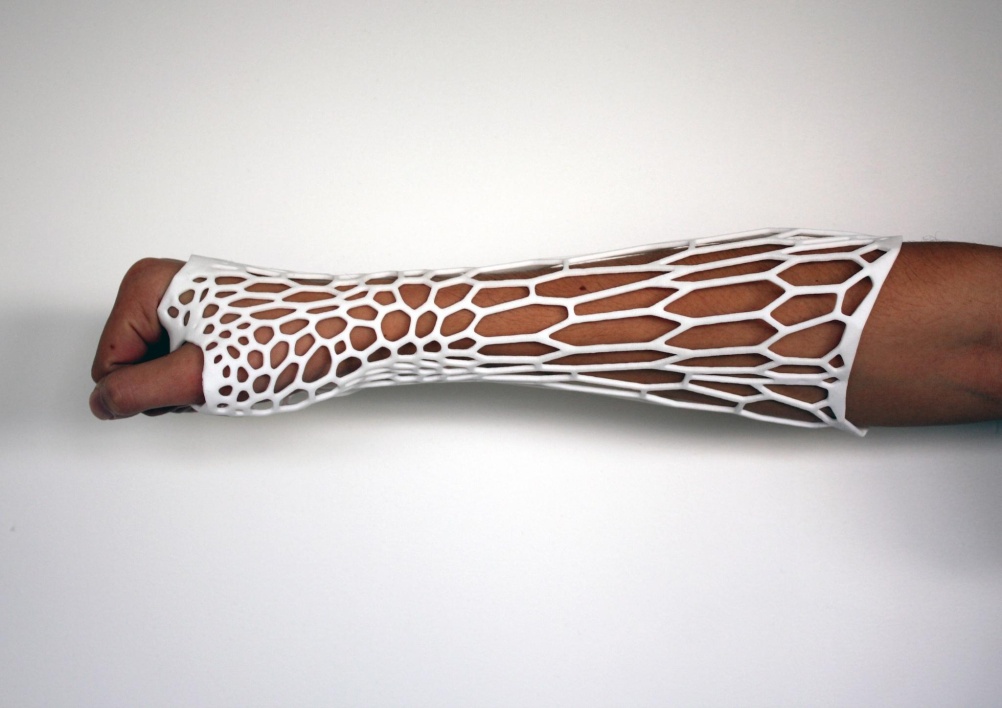
James Dyson says, ‘Bold ideas, big or small, can solve significant problems. The entries into this year’s award, from young engineers and scientists around the world, all show promise but are only at the start of the long process towards commercialisation.’
-
Post a comment




